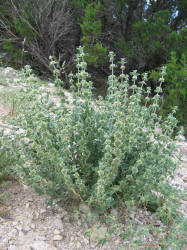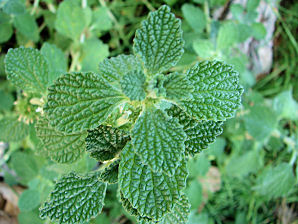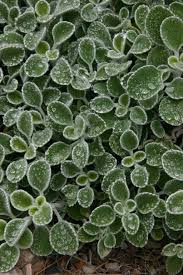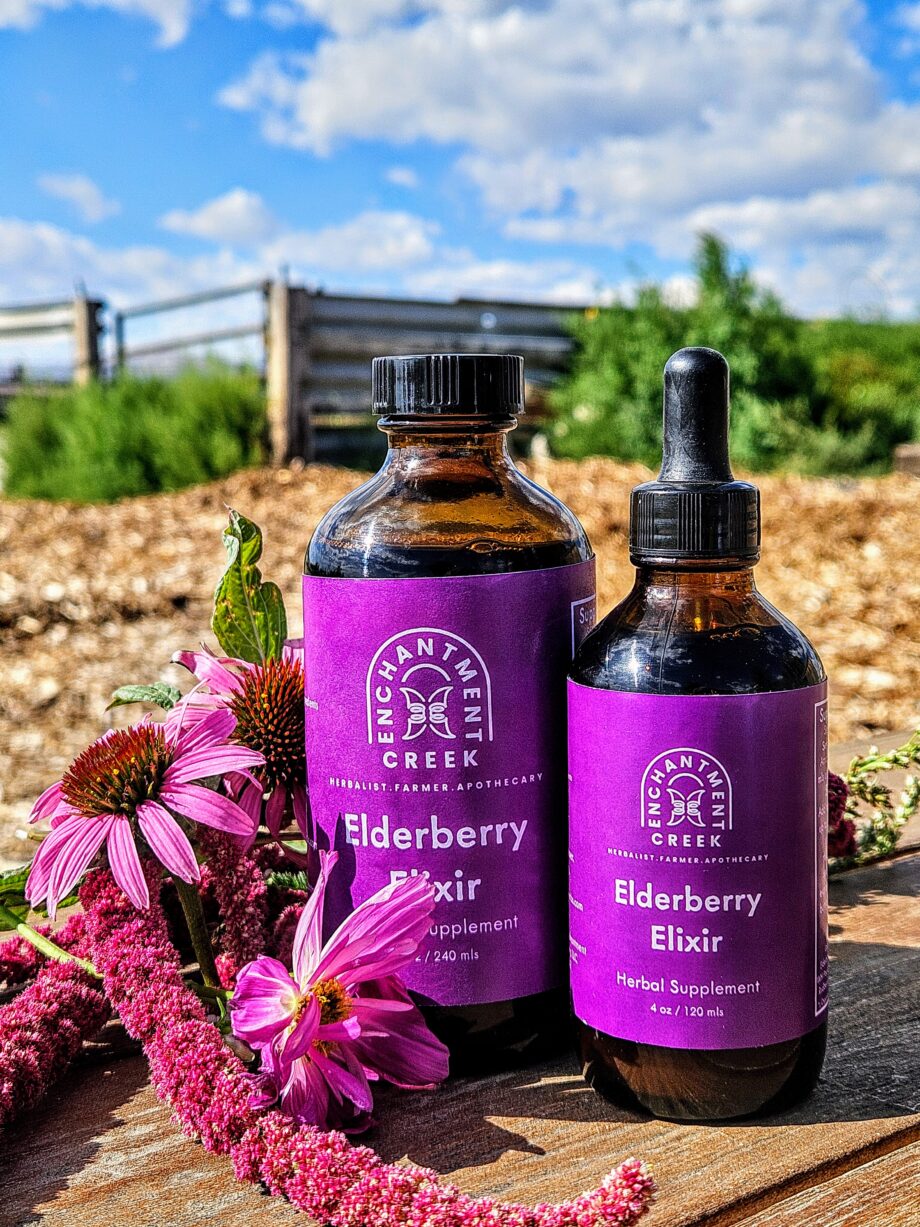White Horehound , Marrubium vulgare one of the most balancing mints for lung health you can find here at the faramacy.

Diving into one plant at a time, we are able to cultivate true relationship with it, especially when it is one that we work with in our home apothecary and with clients. Research is a never ending and thrilling component of being an herbalist. White Horehound, Marrubium vulgare, is a plant of the Lamiacea family, meaning it is a mint family plant. This massive plant family is one that we love to work with at the farmacy.
The chaotic consistency of the forest floor somewhat mimics the consistent research and diving into the materia medica of plants is as an herbalist. While to someone looking in, there seems to be a lot of chaos, but a trained eye can see patterns and notice the form that is drawn in an herbal practice. This consistently chaotic path, leads to knowing the plants on a deep, soul level, they become friends and what is super important, especially for those just beginning is knowing that many of our simple plants, have major contraindications, with pharmaceutical medications and stages of life.. These aspects of the plants must be known, memorized, and become first instinct. .
Mints are generally cooling, calming, and stimulating all at the same time. Mint is generally ok to work with during pregnancy and postpartum, but there are many of the mints that are contraindicated while pregnant, horehound is one of those herbs! Let’s dive into how we can effectively use white horehound for lung health, an herbal expectorant and in our delicious herbal cough syrup.
Marrubium vulgare – White Horehound
The Lamiacea family is one that we all know well, though knowing it well becomes a challenge of an herbalist. The mints are varied, and diverse. Peppermint and spearmint. Penny royal and Horehound. All belong to the same group. Most of these herbs can be found at all elevations around the West. I find them at 4,500 feet where I live, and at 10,000 feet where I hike and harvest herbs. Horse mint is the most common as it follows the horse trails along with alfalfa. When growing wild, it takes over areas. Becomes a wild herb of the forest and is easily identified with it’s purplish flower heads.

Scents of the Mints
Mints are most easily identified by their stem. When you hold it in your finger tips and roll it. You can feel the square stem. All mints have this and if you can feel the edges of a plant that has alternating leaves in groups of 4 or 6. Little puffs of flowers at each base of those leaves that are adorable miniature snapdragon looking guys. You have a mint. The foliage is strong smelling, but usually smells differently when you study the smell. Crush some peppermint between your fingers and you will feel its cooling, sweet volatile oils. Crush Horehound next, and something completely different will come through your palate.
It is known as White Horehound. This is another aspect that sets it apart from a general mint like Horse mint or Peppermint. Because each plant is made differently. There are little clues that set it completely apart of it’s cousins. White Horehound has the square stem but it is covered in white fuzz. The edges of the leaves are also usually white. Though mostly the garden varieties are ones that show this the most. In the wild, where the medicine is the strongest, horehound can just barely be tinted white along the edges of it’s foliage. But the stem will always be your defining characteristic of what you see on the forest floor.
Horehound has a strong musky smell. You realize quickly that this one has strong and specific properties to give it the smell of the forest floor. It has a slight cool scent, similar to other mints. But truly it is bitter instead of sweet. Musky instead of pungent. Truly, the scent of horehound, doesn’t make you want to brew a whole pot of tea, or tincture it immediately, but when you do work with it, just like here on the farmacy, you will find that the benefits of this lovely mint are plentiful.


History of Horehound
The Lamiacea family is another one who has a strong, rich history. Mints are found throughout the centuries being used as far back as the ancient Greeks. Even Egyptian priests had nicknames for Horehound specifically. Because Horehound grows at all elevations and is very drought tolerant. It is found throughout the world. In Egypt, it was known by Priests as ‘Seed of Horns”, “Bulls Blood”, and “Eye of the Star”. The Greek Physician Dioscorides noted recommending the herb for many of what we use it for today. Tuberculosis, asthma and coughs. Wheezing, bronchitis, bronchiectasis, non productive coughs and whooping cough.
Marrubium was thought to be derived from the name Maraurbs, an ancient town of Italy. Another thought to it’s origin is a Hebrew word; marrob meaning ‘a bitter juice’. Quite fitting as White Horehound is one of the more bitter Lamiaceas in the forest and the farmacy. All of our historic resources are ones that can indeed be a guess. We are translating from ancient text which doesn’t always make sense in modern times. Wondering what they meant, I find all of this fascinating as when looking at the herbs of medicine. We can point to something tangible and realize… science is an amazing modern gift, but the plants were able to speak in other ways before we had it.
Recommended Uses and Contraindications of White Horehound
As all mints are, White Horehound is a diverse plant. Generally speaking, the mints are plants that open stagnant pathways of energy within the body. Because of this, they can warm and cool. Relax or stimulate. Each of these aspects of the plant is contained in one but depends on the modality of medicine, whether that be a cold or a warm Tea or prepared as a tincture, external application or internal use. Each use produces a different result, temperature, menstrum, or condition, each application can be worked with in different ways to create a balancing effect.
Modern use of White Horehound is quite specific to the lungs, but it is also a strong bitter. Because it is a mint, and stimulates the tissues it affects, this defines Horehound as a Bitter Expectorant. Marrubiin is the chemical constituent of Horehound thought to be responsible for both Bitter and Expectorant actions of the plant.
Horehound is a perfect plant to use after the application of Mullein which will break up bacterial infections of the lungs, horehound then coming in as an herbal expectorant to send the broken up phlegm through the lungs, as a wet, productive cough. Horehound also encourages the secretion of regular mucous in the mucous membranes, this bringing the balance that our lungs are searching for after a cold has settled into them. These coughs, where you find damp, mucous that is stuck in the lungs, then coming up with the help of herbal cough syrup, and herbal expectorants is essential for supporting our bodies in healing.
When the body is hydrating and lubricating itself, unwelcome bacterial phlegm will be expelled more easily.
Other Uses for White Horehound
Other uses of the plant include a bitter for assisting in digestion, correcting irregular heart beats, soothing asthmatic conditions, wheezing, and whooping cough. This all relates to dampness, and depletion within the body, plants like horehound coming through to encourage our bodies in balancing after toxic exposure, or life long battels with autoimmune like conditions.
It is a gentle purgative in large doses and when added to a salve Horehound acts as a vermifuge for wounds. It makes an excellent addition to cough syrups and can be substituted for Hops in your home made brews.
Be sure the plant material you are using for medicinal purposes is wild harvested or grown in gardens that are regenerative and tended to in the wild fashion that the plants crave, like our gardens here at the farmacy. This is where you will have the most active, and abundant chemical constituents, and get the best herbal expectorant for your lung health.
Contraindications of White Horehound
This is where mints get tricky. It is also why I choose to focus on these groups of plants. Like Penny Royal, another prolific and widely used Lamiacea member. Horehound is deemed to be unsafe to use during pregnancy. It is one that can be stimulating to the uterus and cause early contractions. It is unclear as to whether or not Horehound was used as an abortifacient, but because the chemical makeup of the plant is so close to Penny Roya, which was documented as being used for relieving unwanted pregnancies, it is essential to move away from using this herb during pregnancy.
You can find horehound in our beloved herbal expectorant blend that comes right from the farmacy gardens. It is one of our best selling, and most therapeutic herbal cough syrups, because of the fabulous blend that Expect Clarity is. Here’s to your and your family’s lasting lung health!



